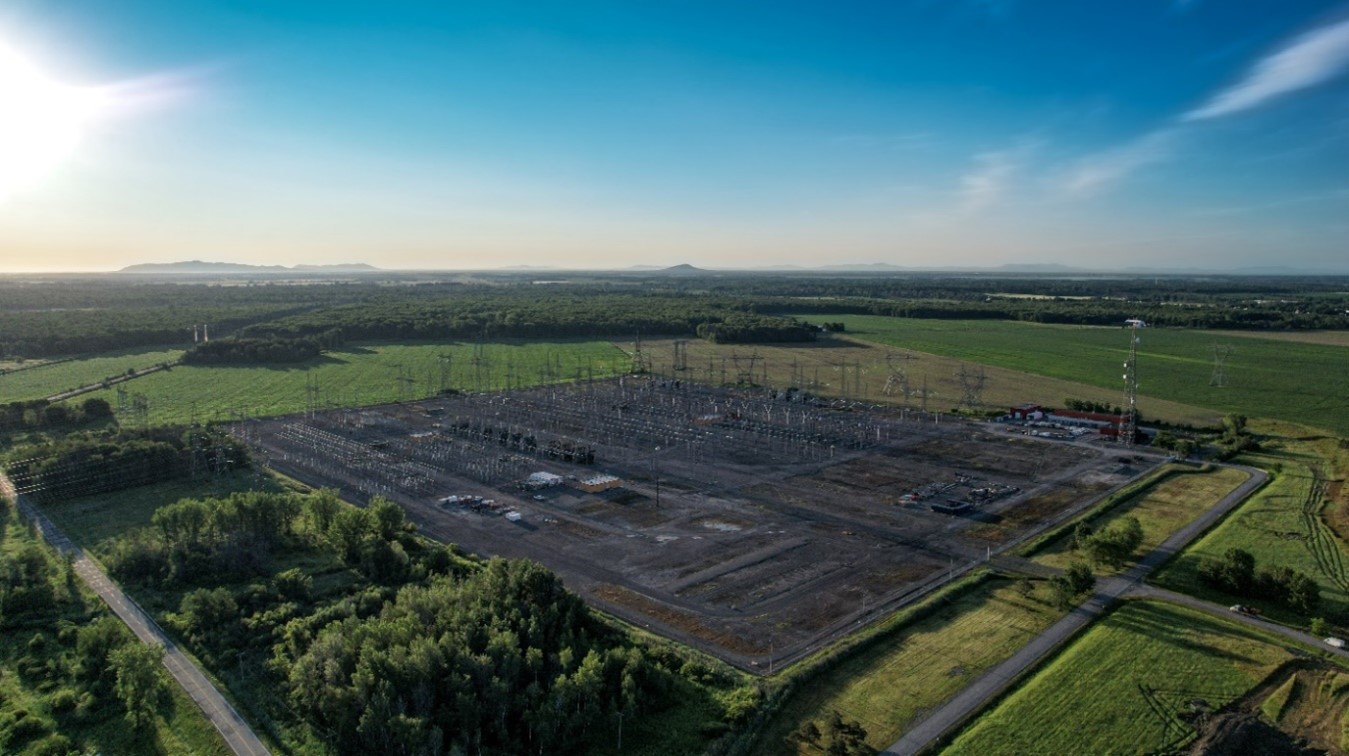The line connects the Hertel substation at La Prairie in New York. (Photo courtesy – BAPE)
On 5 October, the Bureau d’Audiences publiques environnement (BAPE) organizes a public information session on the Hertel-New York interconnection line project.
This meeting will take place at 7:30 pm, in the Dupuis room of the Napierville community center, located at 262, rue de l’Église. The session will also be streamed live on the BAPE website and Facebook page.
Participants will then have the opportunity to attend a presentation by Hydro-Québec, the initiator of the project. They will also be able to ask questions and obtain information about the project, the environmental impact assessment and review procedure, the public consultation process and the role of the BAPE.
Documentation
All citizens can consult the documentation relating to this project, online or in person, at the Guy-Dupré Multipurpose Center in La Prairie, until 24 October. They are also available online at the BAPE websiteas well as on the website of the Register of environmental assessments.
To get more information from -BAPE, dial 1 800 4634732.
The project
This project involves the burying of a power line from Hydro-Québec’s Hertel substation in La Prairie to the US border, under the Richelieu River, which represents a total distance of approximately 58 km.
Construction work is scheduled to commence in late summer 2023 and commissioning is scheduled for spring 2026.
This line will have the capacity to export 1,250 megawatts of electricity to supply New York City.
Hydro-Québec estimates that this will enable New York to reduce its greenhouse gas emissions by 3.9 million tons per year.
Line path
Starting from the Hertel substation in La Prairie, the route of the line will take Rang Saint-Raphaël, Rang Saint-Claude, Montée Signer, Rang Saint-Marc, Route Édouard-VII and Montée Saint-Jacques, in the municipalities of Saint-Philippe and Saint- Jacques-le-Mineur.
The planned line will cover the carriageway of the Highway 15 for almost 24 km and the carriageway of the provincial and municipal roads for 29 km.
At the southern end, the route will follow the Fairbanks Creek to the Richelieu River, where the interconnection point with the American network at the border is located.

